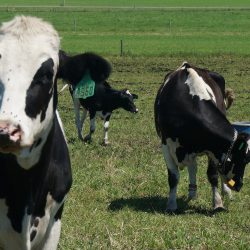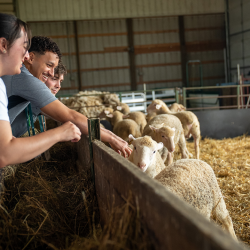It’s not unusual to hear veterinary professionals say they entered the field because they want to help. From animals and people to the environment, veterinary professionals are protecting health all over the place.
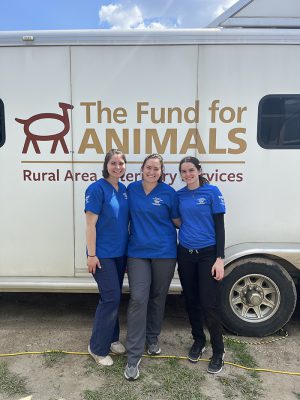
However, lack of access to veterinary services is a barrier for many clients receiving treatment for their animals, whether the cost is prohibitive, or the nearest clinic is miles away.
Luckily, veterinary professionals and students are looking to bridge the gap.
This summer several Michigan State veterinary students volunteered for Rural Area Veterinary Services (RAVS), including McKenna Adams, Hanna Burton, and Kathryn Hurt, three Doctor of Veterinary Medicine (DVM) students entering their second year. Their RAVS group was able to help upwards of 900 animals.
RAVS is a program within the Humane Society of the United States that “works to expand access to veterinary care in underserved rural communities where poverty and geographic isolation make regular animal health services unavailable,” per their mission statement.
Adams, Burton, and Hurt served at the Spirit Lake Tribe in Fort Totten, North Dakota, and the Turtle Mountain Tribe in Belcourt, North Dakota for two weeks total.
“I believe every person deserves to have accessible care for their pet. I sought to learn how to provide this access of veterinary care to underserved rural communities,” says Hurt.
RAVS also provides an opportunity to observe and practice veterinary skills in a unique setting under the wings of veterinary professionals.
“I really wanted to see what true field medicine was like. I've had the opportunity to volunteer at vaccine clinics in the Lansing and Detroit areas, but never in a surgical capacity,” says Adams.
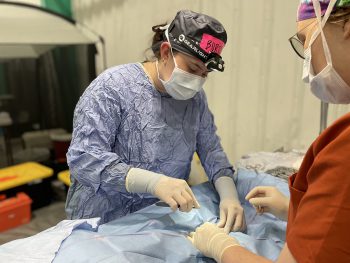
“I learned many surgical techniques during routine spay and neuters for canine and feline patients! It was an incredible experience. It was great to learn from new and seasoned veterinarians on how to mentor students,” adds Burton.
Working with veterinarians and other student volunteers allowed for team building and a clinic experience not unlike what they might find when they graduate.
“I found each case was unique and required teamwork to provide the best plan of care for the animal,” says Hurt.
Mentorship was provided by the veterinarians leading the clinics—for students who will not enter the clinical portion of their education until their third year, this can be a helpful jumpstart. Additionally, it’s a chance to network with other students and veterinarians from around the US.
“Each participant had one day of surgery per week where we were able to participate in tissue handling, suturing, and ligating under the supervision and mentorship of a veterinarian. This was invaluable and between the surgical, anesthesia, and case experiences, really allowed students to think like the doctor,” says Adams.
“Every volunteer had preparation material before the trip and all arrived as strangers and left together as teammates,” adds Hurt.
The trip is also eye-opening into the challenges of providing treatment with fewer resources than an average clinic.
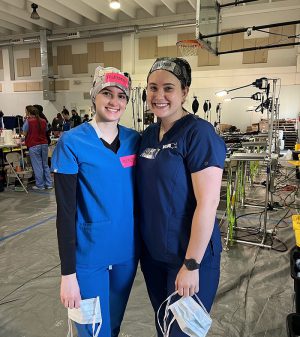
“A challenge that I encountered was truly comprehending the differences between field medicine versus general practice. I had to keep reminding myself of the circumstances of where we were and the resources we had– which is much different than the general practice clinic that I've worked at,” notes Adams.
However, RAVS is a step forward in closing the gap in access, and the experience made an impact on the students who participated. Treating as many pets as possible in less-than-ideal conditions pushed creative solutions and gave the students a better understanding of the ways lack of veterinary access can impact communities.
“Volunteering in a veterinary desert comes with many challenges: access to care for wellness visits, emergencies, and contacting veterinarians. It was amazing to help pets and their families, but it was hard to know that access to care is still a constant struggle for them,” says Burton.
She adds that, “RAVS was an incredible experience and I believe everyone in veterinary medicine should experience the journey because it showcases how impactful we can be when we work together. We were able to help over 900 patients in just two weeks because we had a strong team!"

